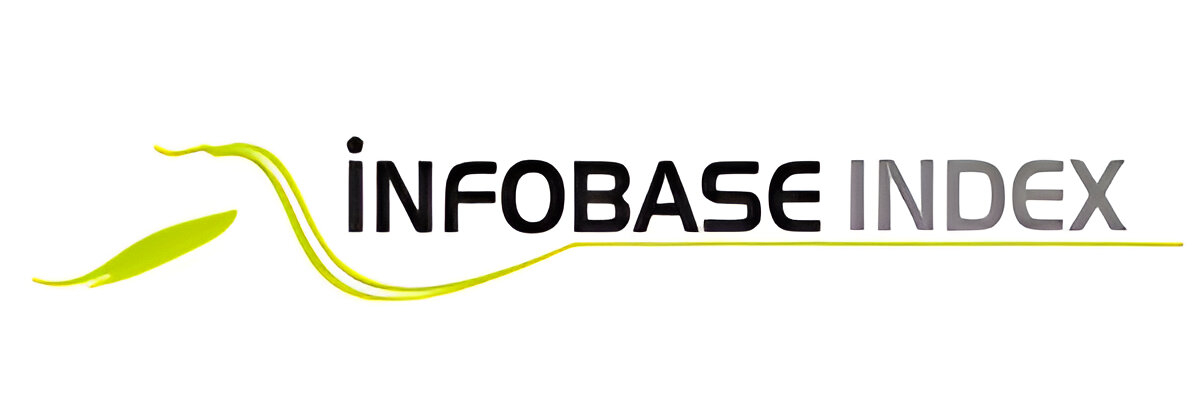Sun Tracking Solar Panel
Abstract
Sun tracking solar panel systems, focusing on
their design, functionality, and benefits. Sun
tracking systems optimize solar panel orientation
to maximize energy generation by continuously
adjusting panel angles to follow the sun's path
throughout the day. The abstract outlines the key
components of sun tracking systems, including
sensors, actuators, and control algorithms,
highlighting their role in achieving high
efficiency and energy output. Additionally, it
discusses the advantages of sun tracking systems
over fixed-tilt panels, such as increased energy
production and improved return on investment.
The abstract concludes with a summary of current
research trends and future directions in the field
of sun tracking solar panel technology.The design
considerations encompass various factors such as
accuracy, reliability, and cost-effectiveness.
Integration of efficient algorithms for sun
tracking,
along
components, ensures precise alignment of the
solar panels with the sun's position throughout
the day. Additionally, the system incorporates
safety features to mitigate potential hazards and
protect the components from adverse weather
conditions.The increasing demand for sustainable
energy sources has led to a surge in the adoption
of solar power as a reliable alternative to
conventional energy. However, a key challenge in
solar energy harvesting is the efficient utilization
of available sunlight, given the fixed orientation
of
conventional solar panels. Solar panels
generally perform best when they are directly
aligned with the sun, but due to the Earth's
rotation, a fixed panel loses efficiency as the sun's
position in the sky changes throughout the day.
This problem can be addressed with a sun
tracking solar panel, which is designed to follow
the sun's movement, thereby maximizing the solar
energy captured.











